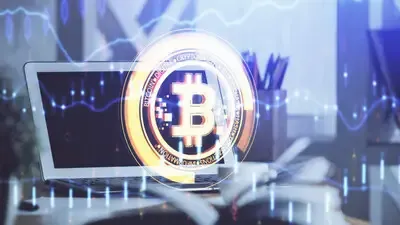A. NFTs represent a cultural shift toward a creator economy. [It’s also] software that represents your rights to something. The non-fungible part is the fact that your painting is not equivalent to my painting — they differ from a rights perspective. Yes, you can take a screenshot and copy it, but the digital signature that says it's mine can’t be copied. That's powerful because digital ownership is a fundamental concept we're moving towards in the metaverse-driven world.
Artists selling digital representations can participate in a new economy. But can we create a decentralized economy out of NFTs? Can artists bypass traditional markets and make money based on provable digital ownership? In theory, you don’t need a central marketplace; you can use a person-to-person model. For example: You send me a text message asking if I want to buy your digital baseball card for $1,000. I send you bitcoin. You send me back an Ethereum transaction, which transfers that NFT to my public key, and it's now encapsulated with my private key. The result is that I own it, and I can prove that I own it.
For now, most people in that ecosystem are still going to central marketplaces, so we'll see how it evolves. But this idea of decentralized rights for different types of collectible assets is extremely compelling and has a mind-boggling number of use cases when you get into smart contracts. Potentially, this is going to change everything

Your post was upvoted and resteemed on @crypto.defrag
Downvoting a post can decrease pending rewards and make it less visible. Common reasons:
Submit